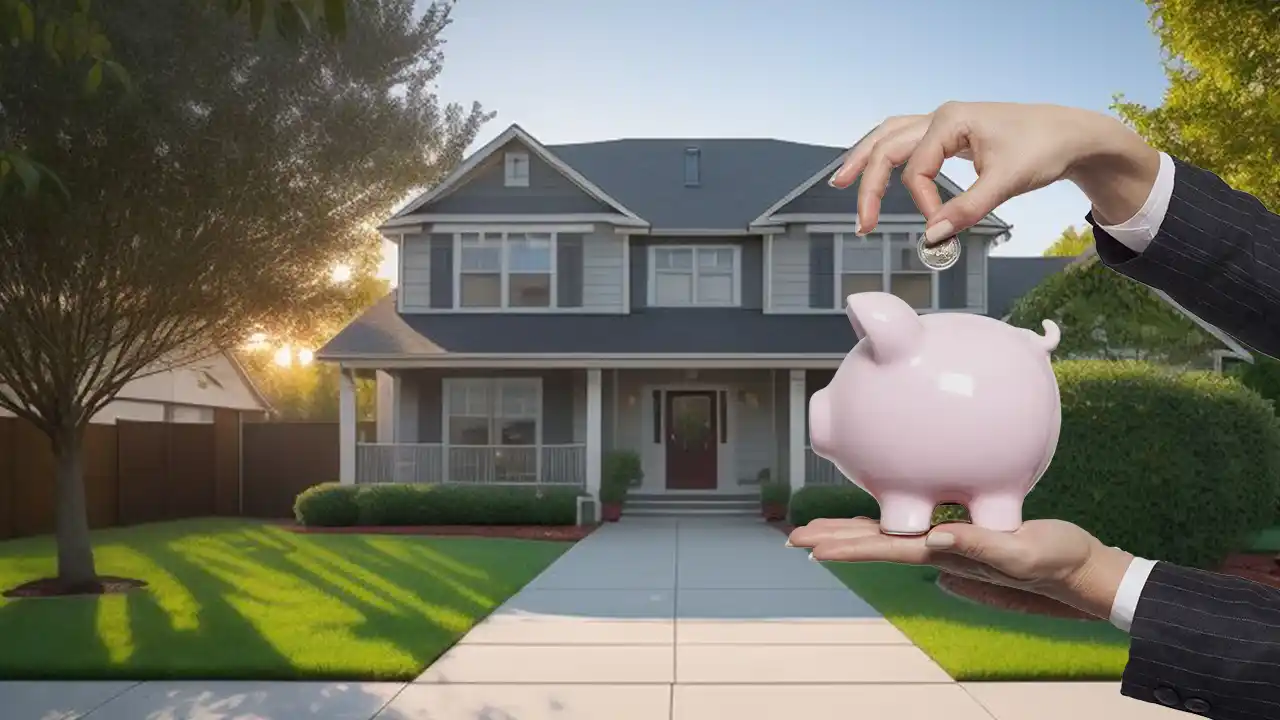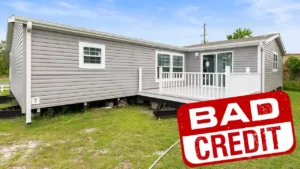Mortgagerateslocal.com – Are you looking for a way to save money on your mortgage fees in 2023? Do you want to know how the changes in the fee structure for loans backed by Fannie Mae and Freddie Mac will affect your interest rate and closing costs?
Do you want to learn how to use these changes to your advantage and get the best deal for your situation? If you answered yes to any of these questions, then you’ve come to the right place. In this article, we’ll explain everything you need to know about the loan-level price adjustments (LLPAs).
Which are fees that Fannie Mae and Freddie Mac charge to lenders for buying and guaranteeing mortgages. We’ll also show you how the LLPAs are changing in 2023, and how you can use them to your advantage to save money on your mortgage fees.
Whether you’re planning to buy a home or refinance your existing mortgage in 2023, you’ll want to pay attention to the LLPAs, because they can affect the cost of your loan, depending on your credit score and other factors. By understanding what LLPAs are, how they’re changing in 2023, and how you can use them to your advantage, you’ll be able to make smart decisions and save money on your mortgage fees. Read on to find out more.
What are LLPAs and why do they matter?
LLPAs are fees that Fannie Mae and Freddie Mac charge to lenders for buying and guaranteeing mortgages. Lenders usually pass these fees on to borrowers, either by increasing the interest rate or adding them to the closing costs of the loan.
LLPAs are based on the risk profile of the borrower and the loan. The higher the risk, the higher the fee. Some of the factors that affect LLPAs are:
- Credit score: The lower your credit score, the higher the fee. For example, a borrower with a 620 credit score would pay a 3% fee, while a borrower with a 760 credit score would pay a 0.25% fee.
- Down payment: The lower your down payment, the higher the fee. For example, a borrower with a 5% down payment would pay a 1.5% fee, while a borrower with a 20% down payment would pay a 0.5% fee.
- Loan type: Some loan types have higher fees than others. For example, a cash-out refinance loan would have a 2.75% fee, while a purchase loan would have a 0.5% fee.
- Property type: Some property types have higher fees than others. For example, a second home or an investment property would have a 1.75% fee, while a primary residence would have a 0.5% fee.
LLPAs matter because they can affect the cost of your mortgage. For example, let’s say you want to borrow $200,000 to buy a home. If you have a 620 credit score and a 5% down payment, you would pay a 4.5% fee, which is $9,000. If you have a 760 credit score and a 20% down payment, you would pay a 0.75% fee, which is $1,500. That’s a difference of $7,500 in fees, which could translate into a higher interest rate or closing costs.
How are LLPAs changing in 2023?
Starting from May 1, 2023, the Federal Housing Finance Agency (FHFA), which oversees Fannie Mae and Freddie Mac, is implementing some changes to the LLPAs. The changes are meant to make homeownership more affordable for more people, especially those with lower credit scores and incomes.
According to the FHFA, the changes will:
- Eliminate the 0.5% adverse market refinance fee that was introduced in 2020 to cover the losses from the COVID-19 pandemic.
- Reduce the fees for borrowers with credit scores between 620 and 699, and increase the fees for borrowers with credit scores above 700.
- Reduce the fees for borrowers with down payments between 5% and 9.99%, and increase the fees for borrowers with down payments above 10%.
- Reduce the fees for borrowers who use HomeReady or Home Possible programs, which are designed for low- to moderate-income borrowers.
- Increase the fees for cash-out refinance loans, which are used to take out equity from the home.
The FHFA estimates that the changes will lower the fees for about 60% of borrowers, and raise the fees for about 40% of borrowers. The average fee reduction will be 0.2%, and the average fee increase will be 0.3%.
How can you use LLPAs to your advantage?
If you’re in the market for a mortgage in 2023, you might want to take advantage of the LLPAs to save money on your mortgage fees. Here are some tips on how to do that:
- Check your credit score and improve it if possible. Your credit score is one of the most important factors that affect your LLPAs and your mortgage rate. The higher your credit score, the lower your fees and rate. You can check your credit score for free from various sources, such as your credit card issuer, your bank, or online platforms. You can improve your credit score by paying your bills on time, keeping your credit card balances low, and avoiding new credit inquiries.
- Shop around for the best mortgage rate and fees. Different lenders may offer different rates and fees for the same loan, depending on their risk appetite and market conditions. You can compare multiple offers from different lenders to find the best deal for your situation. You can also negotiate with lenders to lower their fees or match a competitor’s offer.
- Choose the right loan type and term for your needs. Depending on your goals and preferences, you may want to choose a different loan type and term for your mortgage. For example, if you want to pay off your loan faster and save on interest, you may want to choose a 15-year fixed-rate loan. If you want to have lower monthly payments and more flexibility, you may want to choose a 30-year adjustable-rate loan. You should also consider the fees and rates for different loan types and terms, and how they fit your budget and plans.
- Consider making a larger down payment or buying points. If you have enough savings, you may want to make a larger down payment or buy points to lower your LLPAs and your mortgage rate. A larger down payment can reduce your loan-to-value ratio, which is the percentage of the home’s value that you borrow. A lower loan-to-value ratio can lower your fees and rate, as well as eliminate the need for private mortgage insurance, which is an extra cost for borrowers who put less than 20% down. Buying points can also lower your rate, but it involves paying an upfront fee to the lender. One point is equal to 1% of the loan amount, and it can lower your rate by 0.25%. You should calculate the break-even point of buying points, which is the time it takes for the savings from the lower rate to outweigh the cost of the points.
Conclusion
LLPAs are fees that Fannie Mae and Freddie Mac charge to lenders for buying and guaranteeing mortgages. They can affect the interest rate and closing costs of your mortgage, depending on your credit score and other factors. In 2023, the FHFA is changing the LLPAs to make homeownership more affordable for more people, especially those with lower credit scores and incomes.
The changes will lower the fees for about 60% of borrowers, and raise the fees for about 40% of borrowers. We hope this article has helped you understand what LLPAs are, how they’re changing in 2023, and how you can use them to your advantage.




